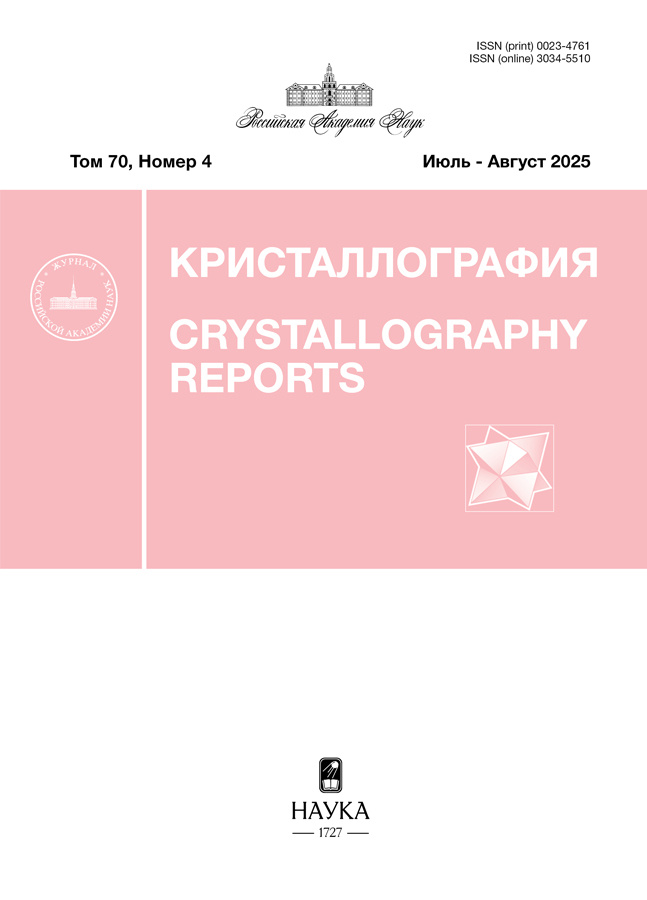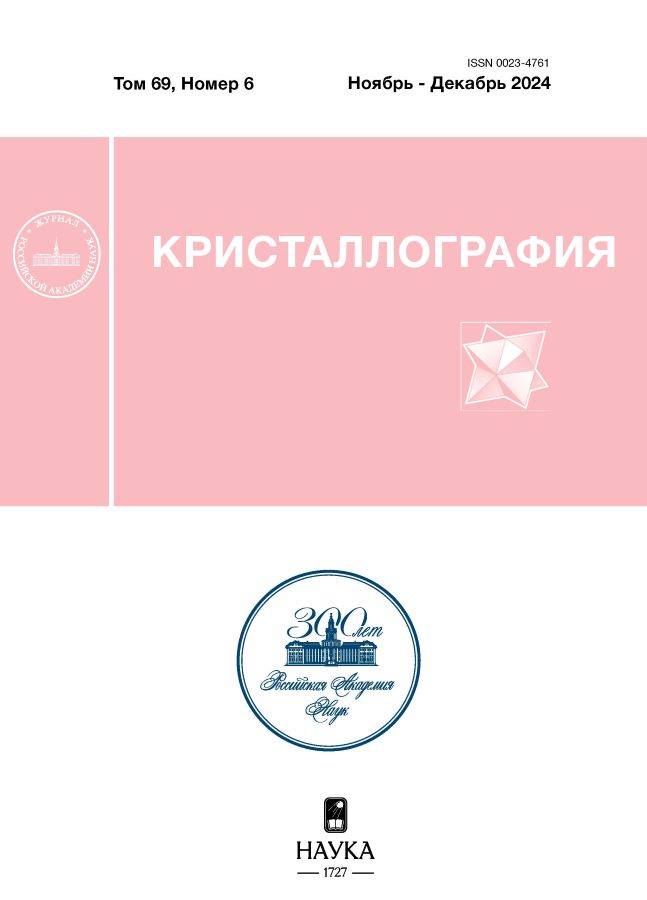Белок с неизвестной функцией из бактерии variovorax paradoxus способен образовывать основание шиффа с молекулой plp при аминокислотной замене N174K
- Авторы: Илясов И.О.1, Миняев М.Е.2, Ракитина Т.В.3, Бакунова А.К.1, Попов В.О.1, Безсуднова Е.Ю.1, Бойко К.М.1
-
Учреждения:
- Федеральный исследовательский центр “Фундаментальные основы биотехнологии” РАН
- Институт органической химии РАН
- Национальный исследовательский центр “Курчатовский институт”
- Выпуск: Том 69, № 6 (2024)
- Страницы: 981-986
- Раздел: СТРУКТУРА МАКРОМОЛЕКУЛЯРНЫХ СОЕДИНЕНИЙ
- URL: https://permmedjournal.ru/0023-4761/article/view/673623
- DOI: https://doi.org/10.31857/S0023476124060075
- EDN: https://elibrary.ru/YHTZPU
- ID: 673623
Цитировать
Полный текст
Аннотация
Пиридоксаль-5´-фосфат (PLP)-зависимые ферменты являются одной из наиболее широко представленных групп ферментов в организме, где выполняют более 150 различных каталитических функций. На основании трехмерной структуры представители этой группы подразделяются на семь (I–VII) различных типов укладки. Связывание кофактора у этих ферментов происходит за счет образования основания Шиффа с консервативным остатком лизина, находящимся в активном центре. Недавно обнаруженный нами белок из бактерии Variovorax paradoxus (VAPA), относящийся по структуре к IV типу укладки и имеющий значительное структурное сходство с трансаминазами, содержит остаток аспарагина в положении каталитического лизина у трансаминаз IV типа укладки и, как следствие, не может образовывать основание Шиффа с PLP и не имеет аминотрансферазной активности. В работе получена мутантная форма белка VAPA с заменой N174K и установлена ее пространственная структура. Анализ полученных данных показал, что введенная мутация восстанавливает способность VAPA образовывать основание Шиффа с кофактором.
Полный текст
Об авторах
И. О. Илясов
Федеральный исследовательский центр “Фундаментальные основы биотехнологии” РАН
Автор, ответственный за переписку.
Email: kmb@inbi.ras.ru
Россия, Москва
М. Е. Миняев
Институт органической химии РАН
Email: kmb@inbi.ras.ru
Россия, Москва
Т. В. Ракитина
Национальный исследовательский центр “Курчатовский институт”
Email: kmb@inbi.ras.ru
Россия, Москва
А. К. Бакунова
Федеральный исследовательский центр “Фундаментальные основы биотехнологии” РАН
Email: kmb@inbi.ras.ru
Россия, Москва
В. О. Попов
Федеральный исследовательский центр “Фундаментальные основы биотехнологии” РАН
Email: kmb@inbi.ras.ru
Россия, Москва
Е. Ю. Безсуднова
Федеральный исследовательский центр “Фундаментальные основы биотехнологии” РАН
Email: kmb@inbi.ras.ru
Россия, Москва
К. М. Бойко
Федеральный исследовательский центр “Фундаментальные основы биотехнологии” РАН
Email: kmb@inbi.ras.ru
Россия, Москва
Список литературы
- Boyko K.M., Matyuta I.O., Nikolaeva A.Y. et al. // Crystals. 2022. V. 12. P. 619. https://doi.org/10.3390/cryst12050619
- Christen P., Mehta P.K. // Chem. Rec. 2001. V. 1. P. 436. https://doi.org/10.1002/tcr.10005
- Bezsudnova E.Y., Popov V.O., Boyko K.M. // Appl. Microbiol. Biotechnol. 2020. V. 104. P. 2343. https://doi.org/10.1007/s00253-020-10369-6
- Catazaro J., Caprez A., Guru A. et al. // Proteins. 2014. V. 82. P. 2597. https://doi.org/10.1002/prot.24624
- Bezsudnova E.Y., Boyko K.M., Popov V.O. // Biochemistry (Moscow). 2017. V. 82. P. 1572. https://doi.org/10.1134/S0006297917130028
- Bezsudnova E.Y., Dibrova D.V., Nikolaeva A.Y. et al. // J. Biotechnol. 2018. V. 271. P. 26. https://doi.org/10.1016/j.jbiotec.2018.02.005
- Liang J., Han Q., Tan Y. et al. // Front. Mol. Biosci. 2019. V. 6. P. 4. https://doi.org/10.3389/fmolb.2019.00004
- Cook P.D., Thoden J.B., Holden H.M. // Protein Sci. 2006. V. 15. P. 2093. https://doi.org/10.1110/ps.062328306
- Evans P.R., Murshudov G.N. // Acta Cryst. D. 2013. V. 69. P. 1204. https://doi.org/10.1107/S0907444913000061
- Vagin A., Teplyakov A. // J. Appl. Cryst. 1997. V. 30. P. 1022. https://doi.org/10.1107/S0021889897006766
- Collaborative Computational Project // Acta Cryst. D. 1994. V. 50. P. 760. https://doi.org/10.1107/S0907444994003112
- Murshudov G.N., Skubak P., Lebedev A.A. et al. // Acta Cryst. D. 2011. V. 67. P. 355. https://doi.org/10.1107/S0907444911001314
- Emsley P., Cowtan K. // Acta Cryst. D. 2004. V. 60. P. 2126. https://doi.org/10.1107/S0907444904019158
- Wallace A.C., Laskowski R.A., Thornton J.M. // Protein Eng. Des. Sel. 1995. V. 8. P. 127. https://doi.org/10.1093/protein/8.2.127
- Dai Y.N., Chi C.B., Zhou K. et al. // J. Biol. Chem. 2013. V. 288. P. 22985. https://doi.org/10.1074/jbc.M113.480335
Дополнительные файлы














